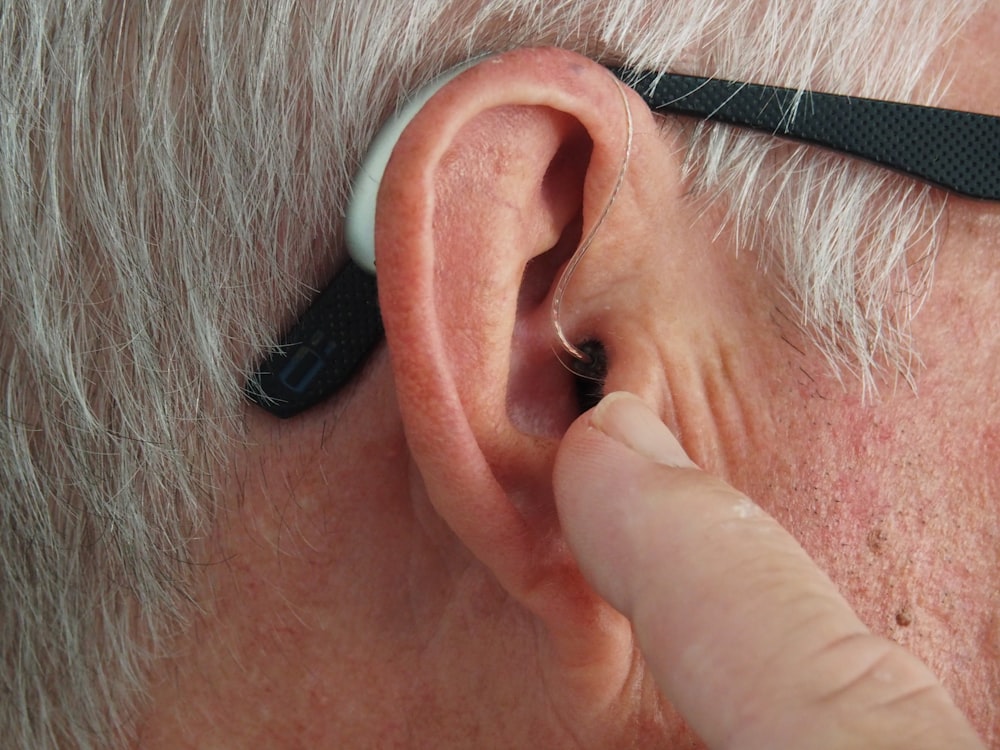
Tinnitus is a ringing noise in one or both ears. It’s a fairly common condition that affects around one in 10 people, and in most cases, it is only temporary. Tinnitus can be attributed to stress, overexposure to loud noises, or as a side effect of certain medications or hearing impairment. Unfortunately, some people experience tinnitus as constant and permanent, which can lead to anxiety, depression, and insomnia.
However, there are several tinnitus treatments available today that can help you get your life back. Let’s take a closer look at the various options you have for curing your ringing ears once and for all.
Masking Tinnitus With Sound
There are several ways to mask tinnitus, and one of them is to try to drown out the noise with a louder sound. This might sound counterintuitive, but it works by triggering the brain to ignore the tinnitus as background noise. When you wear a hearing aid, it amplifies sounds all around you. This can be helpful, particularly if you experience a high level of background noise, such as in a busy city. You can wear a hearing aid and simply turn up the volume to drown out the noise. However, in the case of tinnitus, the noises you hear will be coming from inside your own head. Simply turning up the volume on your hearing aid isn’t going to drown out those noises.
Auditory and Tinnitus Retraining Therapy
Auditory and tinnitus retraining therapy (ATRT) is a form of cognitive behavioral therapy (CBT) designed to retrain your brain to ignore the tinnitus. ATRT helps you to focus on other things and ignore the noise as much as possible. This is done by listening to specially designed audio tracks and engaging in CBT activities designed to help you relax and ignore the noise. ATRT is one of the most powerful tinnitus treatments available today and has a success rate of around 80%. The therapy is conducted in a one-on-one session with a therapist and is typically done over a period of 12-16 weeks. ATRT can be particularly effective if you have an underlying hearing loss or if you experience tinnitus as a side effect of medication.
Neuromonics Tinnitus Treatment
Neuromonics is a tinnitus treatment method that combines visual and auditory relaxation techniques. It was designed by an audiologist and uses a specially designed MP3 player to help you retrain your brain to ignore the tinnitus. Neuromonics uses the sound of a soothing waterfall and the visual image of a flowing stream to help you relax. This has been shown to improve relaxation and decrease anxiety in 83% of patients. You can listen to the MP3 player anywhere, at any time, and you’ll typically need to do it for around 30 minutes per day. In as little as 12 weeks, you can retrain your brain to ignore the tinnitus and get your life back.
Tinnitus Retreatment Device (TRD)
The TRD is a relatively new tinnitus treatment device that uses sound therapy to help you relax and ignore the noise. It is a type of device that plugs into your iPhone or Android device and produces a soothing sound (similar to a waterfall) to drown out the tinnitus. The TRD can be used as a stand-alone device or in conjunction with CBT or Neuromonics. It’s a great option for those who would like to try something different, but don’t want to commit to a full course of CBT or Neuromonics. This is a highly effective tinnitus treatment that can be used in conjunction with CBT, Neuromonics, or other tinnitus treatments.
Conclusion
If you’re suffering from tinnitus, don’t despair. A variety of tinnitus treatments at Coates Hearing Clinic are available to help treat your ringing ears and help you get your life back. One of the best things you can do if you suspect you may have tinnitus is to see a hearing specialist who can help you determine what is causing it. Depending on the cause, you may be able to treat your tinnitus without needing to take any medication or undergo invasive treatments. For more information about tinnitus and its various treatment options, check out our guide to tinnitus